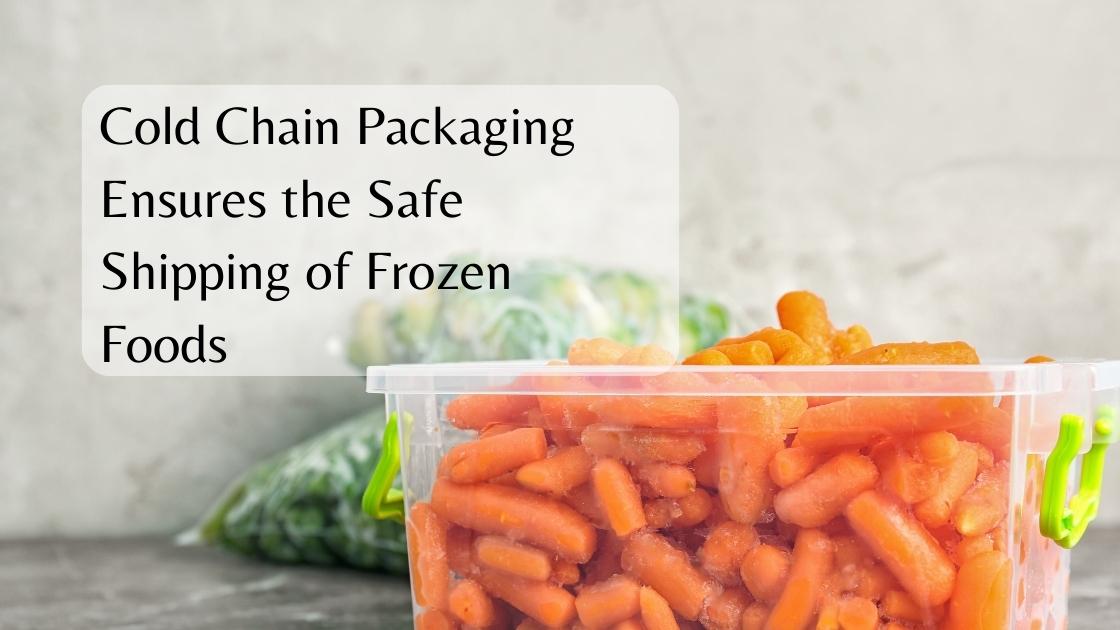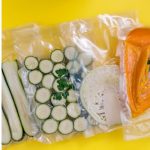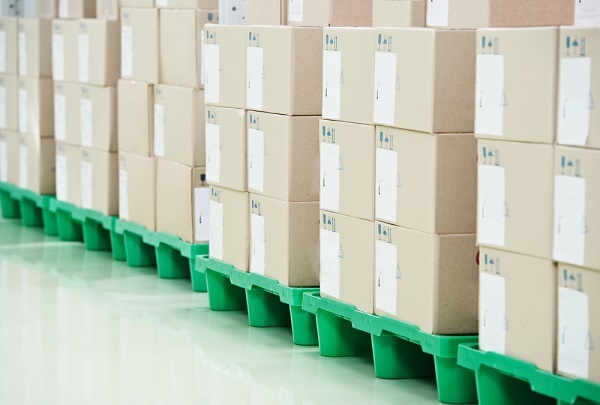
The global food industry has evolved significantly in recent years, with consumers demanding fresher and more diverse products than ever before. This demand has led to the expansion of the frozen food sector, which offers convenience and a longer shelf life for various food products. However, ensuring the safe shipping of frozen foods from the manufacturer to the consumer’s doorstep is no small feat.Cold chain packaging plays a crucial role in preserving the quality and safety of frozen foods throughout their journey, preventing spoilage and maintaining their nutritional value.
Table of Contents
ToggleUnderstanding the Cold Chain
The cold chain refers to a series of temperature-controlled supply chain processes that help maintain the integrity and safety of perishable products, such as frozen foods, pharmaceuticals, and vaccines. It encompasses every step from production and storage to transportation and delivery. The key to a successful cold chain lies in maintaining the required temperature range, typically between -20°C to -30°C (-4°F to -22°F) for frozen foods, ensuring that the products reach consumers in perfect condition.
Importance of Cold Chain Packaging
Preservation of Quality:
Frozen foods rely on a constant low temperature to remain safe and retain their taste, texture, and nutritional value. Cold chain packaging is designed to insulate the products, preventing temperature fluctuations that can lead to freezer burn, texture degradation, and flavor loss.
Food Safety:
Maintaining the right temperature is critical to prevent the growth of harmful microorganisms, such as bacteria and molds, which can cause foodborne illnesses. Cold chain packaging acts as a barrier to protect frozen foods from temperature abuse during transit.
Extended Shelf Life:
Cold chain packaging helps extend the shelf life of frozen foods, allowing them to be stored for extended periods without compromising quality. This is particularly beneficial for businesses that need to distribute products over long distances or to remote areas.
Types of Cold Chain Packaging
These containers are layered with insulating materials like foam or bubble wrap, providing an effective thermal barrier to maintain the desired temperature.
Gel Packs:
Gel packs are essential components of cold chain packaging. They help absorb and release energy, maintaining the low temperature inside the packaging during transit.

Vacuum Packaging:
Vacuum-sealed packaging removes air, which can lead to freezer burn, and creates an airtight barrier that helps maintain product quality. This method is frequently used for individually wrapped frozen items.

Refrigerated Trucks and Containers:
For large-scale transportation, refrigerated trucks and shipping containers equipped with temperature control systems ensure that frozen foods remain at the right temperature throughout the journey.

Challenges in Cold Chain Packaging
Temperature Monitoring:
Accurate and continuous temperature monitoring is essential to ensure that frozen foods remain within the required range. Cold chain packaging may include temperature-sensitive labels or data loggers to track temperature deviations.

Packaging Sustainability:
Balancing the need for effective insulation with sustainable packaging materials is a growing challenge. Many companies are seeking eco-friendly alternatives to reduce the environmental impact of their packaging.

Cost Management:
Maintaining a cold chain throughout the shipping process can be costly, with expenses related to refrigerated transportation, temperature-controlled facilities, and high-quality packaging materials. Balancing cost-effectiveness with product quality is a constant challenge.

Logistics and Traceability:
Managing the logistics of a cold chain, including scheduling, routing, and traceability, is complex but crucial to ensure timely delivery and safety.

Benefits of Cold Chain Packaging
Consumer Confidence:
Knowing that their frozen foods have been transported in a controlled environment instills confidence in consumers, assuring them of product safety and quality.
Market Expansion:
Cold chain packaging enables companies to reach new markets, both domestically and internationally, by ensuring that their products meet quality and safety standards during transportation.
Reduced Food Waste:
By preserving the quality of frozen foods, cold chain packaging helps reduce food waste, benefiting both producers and consumers.
Conclusion
Cold chain packaging is the unsung hero of the frozen food industry, playing a vital role in ensuring the safe and reliable shipment of these products. By preserving quality, maintaining food safety, and extending shelf life, cold chain packaging enables businesses to meet consumer demands for high-quality frozen foods. While it presents challenges related to sustainability and cost management, the benefits of an effective cold chain far outweigh the drawbacks. As the frozen food sector continues to grow, innovations in cold chain packaging will be crucial in meeting the evolving needs of consumers and businesses alike.




